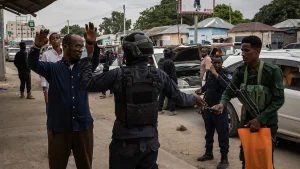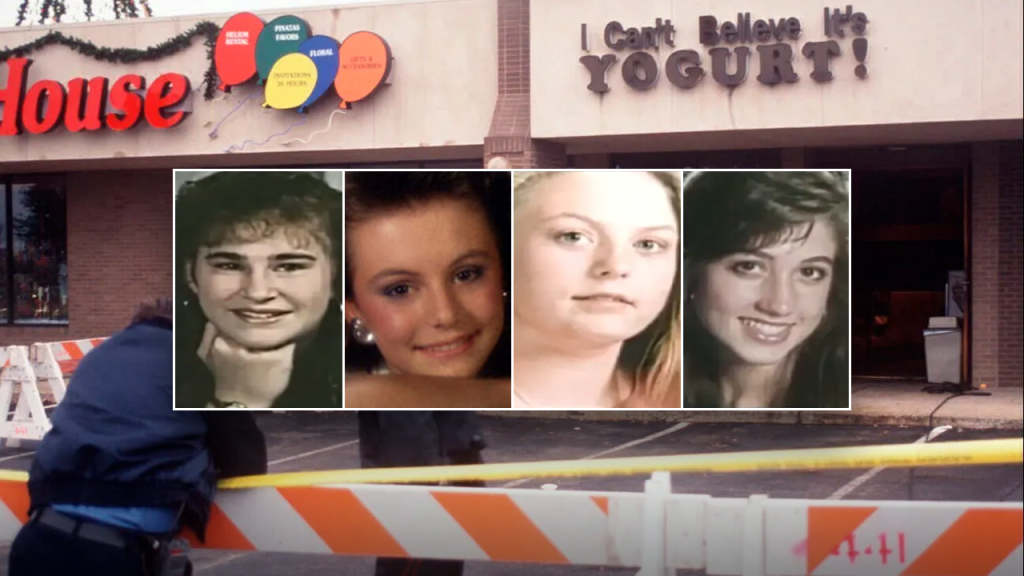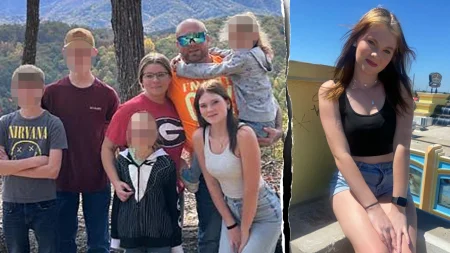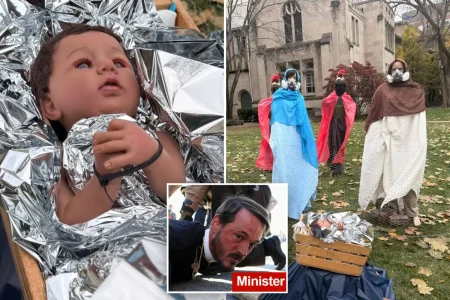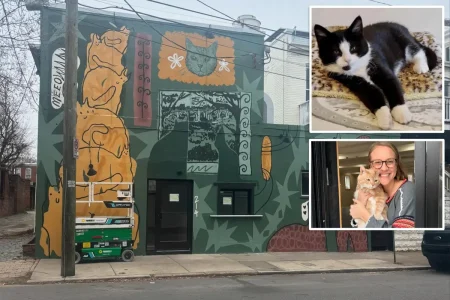After 30 Years, Austin’s Yogurt Shop Murders Still Haunt the City
The quiet city of Austin, Texas experienced a profound loss of innocence on December 6, 1991. What began as a routine fire call to a local yogurt shop ended in the discovery of one of the most horrific crimes in the city’s history. Firefighters responding to the blaze at I Can’t Believe It’s Yogurt made a devastating discovery: the bodies of four teenage girls – Eliza Thomas (17), sisters Jennifer (17) and Sarah Harbison (15), and Sarah’s best friend Amy Ayers (13). All had been shot in the head, with evidence suggesting they had been bound and some sexually assaulted before the killer or killers set fire to the shop to destroy evidence. This shocking crime, now the subject of a new HBO Max docuseries, continues to haunt Austin more than three decades later. As Texas Representative Michael McCaul reflected, “This brutal murder of four teenage girls, and the way it was done… that may happen in other cities, but not Austin. It was very shocking, and part of it is because the families never got a resolution to the case.”
The initial investigation seemed promising when police arrested 17-year-old Maurice Pierce, who was found carrying a handgun similar in caliber to the murder weapon. This led to the questioning of three other teenagers: Michael Scott, Robert Springsteen, and Forrest Wellborn. Over the next eight years, three of these young men confessed at different times to involvement in the murders, leading to convictions for Scott and Springsteen in 2001 and 2002. However, what appeared to be a closed case soon unraveled. The convictions were later overturned due to questionable interrogation methods and a critical lack of physical evidence. No DNA matched any of the suspects, and by 2009, both convicted men were released, with all charges dropped. Pierce and Wellborn were never convicted, leaving the case unsolved and the families of the victims without closure or justice.
The investigation itself was plagued with challenges from the beginning. Investigators have revealed that more than 1,200 people were considered potential suspects over the years, and false confessions were common – perhaps a testament to the intense public pressure to solve such a horrific crime. In one notable instance in 1992, a biker gang leader in Mexico was briefly suspected but later cleared after it emerged that his confession had been extracted through torture. The focus eventually returned to the four original suspects, but without physical evidence linking them to the crime scene, the case fell apart in court. The fire that was set to destroy evidence had succeeded in its purpose, making the collection of definitive forensic proof extraordinarily difficult. This frustrating mix of leads that went nowhere, confessions that couldn’t be verified, and evidence destroyed by fire and water from firefighting efforts created a perfect storm that has kept justice at bay for more than 30 years.
Hope has not been completely extinguished, however. In 2020, a DNA test reportedly linked crime scene evidence to an unknown male, according to the Austin American-Statesman. Intriguingly, the FBI is said to have a sample from the same individual, though legal obstacles have thus far prevented Austin police from accessing it. Detective Dan Jackson, who took over the case in 2022, remains optimistic despite the challenges. “If I didn’t believe this case could be solved, I wouldn’t be doing this,” Jackson told USA Today. “The technology we have today is far beyond what we had just a few years ago… I truly believe we’ll find who did this.” The Austin Police Department remains tight-lipped about current developments, telling Fox News Digital only that they cannot comment on details as the case remains an active and ongoing investigation. This professional caution suggests that work continues behind the scenes, potentially with new forensic techniques that weren’t available in the 1990s or even the early 2000s.
The recent release of HBO Max’s four-part docuseries “The Yogurt Shop Murders” has brought renewed attention to this cold case. Debuting on August 3, the series revisits the crime and highlights alleged investigative mistakes through interviews with detectives, victims’ family members, and never-before-seen footage from an abandoned documentary. This fresh spotlight comes at a time when advances in forensic science, particularly in DNA analysis, have helped solve decades-old cold cases across the country. The docuseries not only tells the story of the crime itself but also explores its lasting impact on the Austin community and the ongoing struggle for justice. For many viewers, especially those unfamiliar with the case, the series serves as a powerful reminder that behind the sensational headlines are real families who have spent more than three decades waiting for answers about who killed their daughters and why.
For the people of Austin, and especially for the families of Eliza, Jennifer, Sarah, and Amy, the hope is that this renewed attention, combined with advanced forensic tools and investigative techniques, will finally bring justice for four young lives cut tragically short. The case was significant enough that Congressman McCaul passed legislation known as The Homicide Victim Families’ Rights Act, which gives families of cold case victims the opportunity to petition the federal government to reexamine cases older than three years. “The yogurt shop murders left an undeniable mark on the Austin community,” McCaul told Fox News Digital. “More than 30 years later, we still mourn the loss of those four teenage girls and long for answers about their deaths. I’m grateful a light is being shone on the yogurt shop murders again and hope those responsible will ultimately be brought to justice.” This sentiment echoes throughout Austin – a city that may have grown and changed dramatically over three decades but has never forgotten four teenage girls who went to work at a yogurt shop one December evening and never came home.

